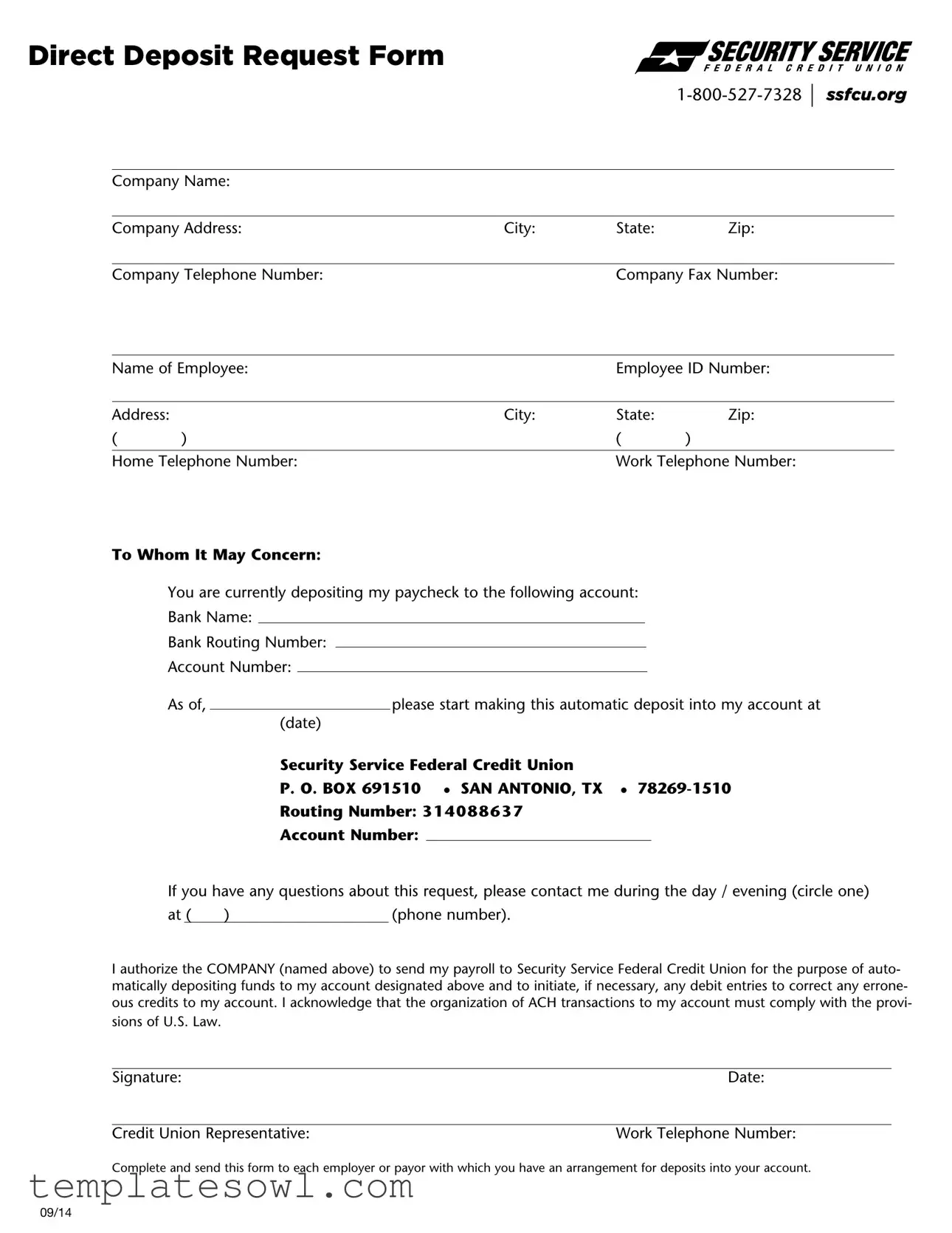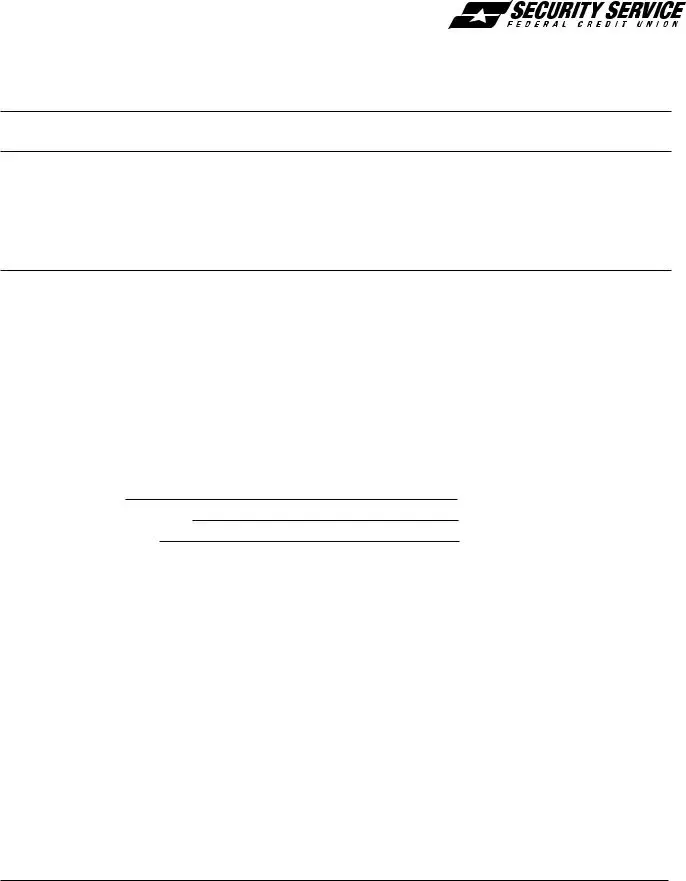Filling out the SSU 225 2 form can seem straightforward, but common mistakes can lead to complications. One common error involves incorrect personal information. People often miswrite their names or employee IDs. Even a small typo can delay processing and cause confusion. It’s essential to double-check these details for accuracy.
Another frequent mistake is providing the wrong bank details. Applicants may list an incorrect bank routing or account number. This mistake can prevent direct deposits from reaching the intended account. Therefore, ensure that these numbers match what is on your bank documents to avoid delays.
Many individuals forget to date their request. Including the date is crucial for the employer’s records and for setting an effective start date for the direct deposit. Omitting this detail may cause the request to be processed incorrectly or not at all.
Some people also fail to specify their preferred contact method. While it’s often assumed that the work phone number will be used, not circling "day" or "evening" can leave employers unsure of when to reach you. Clear communication is key to avoiding misunderstandings.
Another mistake involves not notifying your employer sufficiently in advance of a shift to direct deposit. Some workers simply assume their request will be processed immediately. It is wise to confirm how long it typically takes for changes in direct deposit to take effect, ensuring you have no gaps in pay.
Misunderstanding the need for a signature is also a common error. Some fill out the form but forget to sign it, which renders the form invalid. Always confirm that you have signed before submission.
Additionally, forgetting to send the completed form to the correct employer or payor can create major issues. People sometimes overlook the need to submit the form to each company where they receive payments. Ensure that you distribute copies of the form to all relevant parties.
Failure to keep copies of submitted forms is another oversight. Keeping a record of what you have sent and when can be beneficial for follow-up discussions or in case of discrepancies. Documentation provides a level of safety and assurance that can be very helpful.
Lastly, many people neglect to follow up after submission. Checking in with the employer or payor helps ensure that the request is processed correctly. Regular communication can enhance the likelihood of receiving timely payments without issues.

